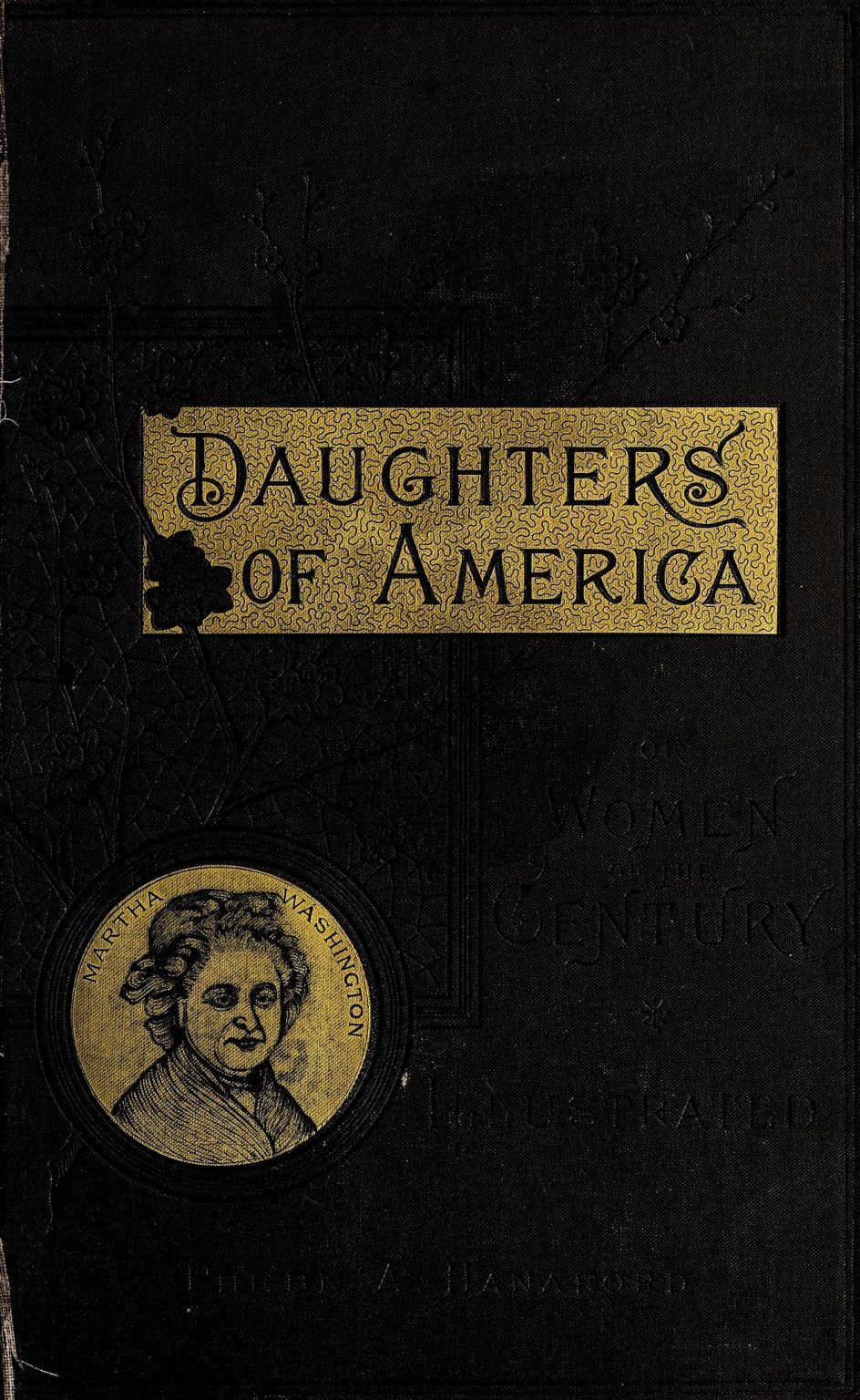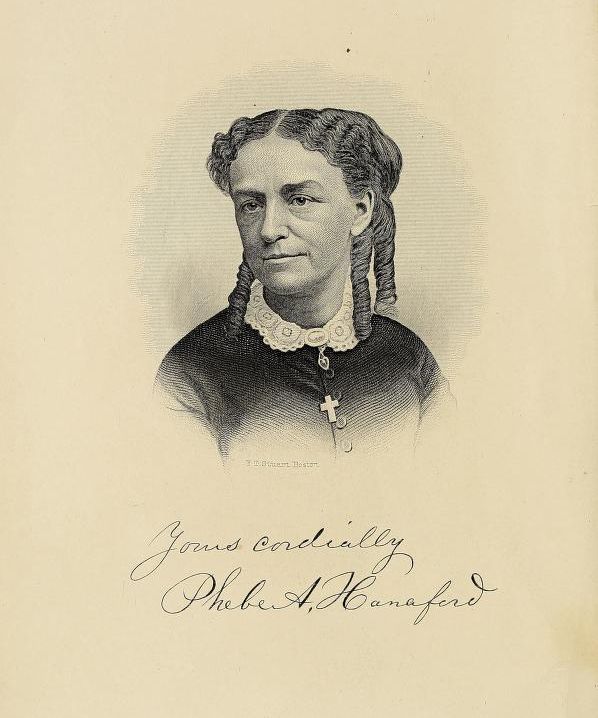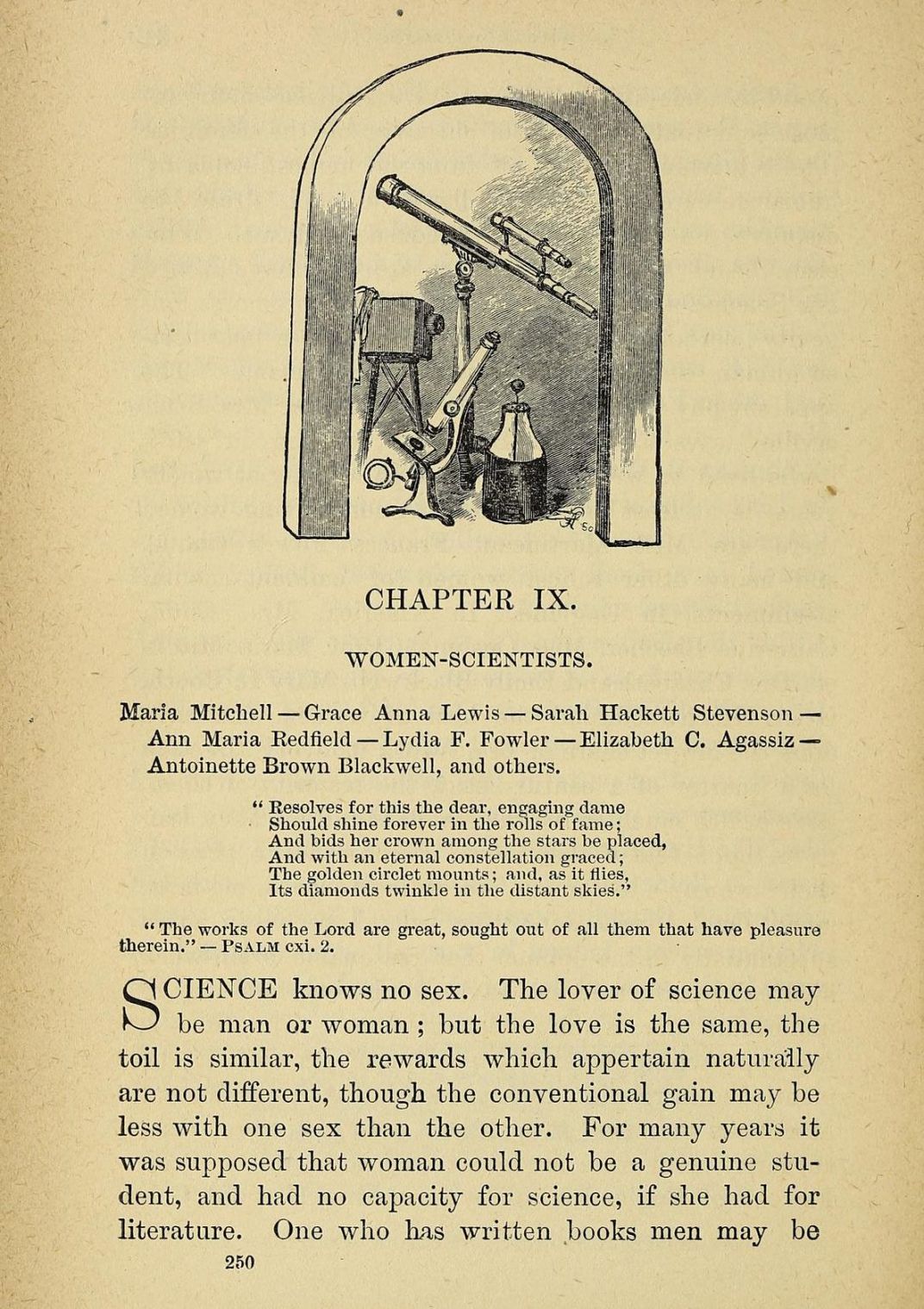SMITHSONIAN LIBRARIES AND ARCHIVES
Meet Author, Suffragist, and Minister Phebe Hanaford
Phebe Ann Coffin Hanaford was a successful author of fourteen books, but she was more than a writer. She was a social reformer who was an outspoken advocate for abolition and women’s suffrage and was also one of the first women ordained by the Universalist church
/https://tf-cmsv2-smithsonianmag-media.s3.amazonaws.com/filer_public/51/fe/51fe955c-19a3-467c-a8d4-de6050e51902/daughtersofamer00hana_0004-header.jpeg)

Phebe Ann Coffin Hanaford was a successful author of fourteen books, but she was more than a writer. She was a social reformer who was an outspoken advocate for abolition and women’s suffrage and was also one of the first women ordained by the Universalist church. She wrote a book about her activist cousin Lucretia Mott (Lucretia the Quakeress), and officiated at funeral services for friends and well-known suffragists Elizabeth Cady Stanton and Susan B. Anthony.
Hanaford was born in Nantucket in 1829, the daughter of merchant George Coffin and wife Phebe. She was raised Quaker and benefitted from both public and private education. After a stint as a schoolteacher, she married Dr. Joseph Hanaford and had two children. She published her first book in 1853, and additional publications, like the first posthumous biography of Abraham Lincoln in 1865, would make her financially independent. As her writing career grew and evolved, so did her faith. By 1868, she had separated from her Baptist husband, joined the Universalist Church of America, and was ordained.

Hanaford’s work as a minister was full of firsts. She was the first woman ordained in Massachusetts and New England. She was the first woman to be appointed chaplain and to officiate in the Connecticut Legislature. She was also the first woman to officiate the marriage of her own daughter.
It’s clear Hanaford was particularly proud of these contributions — she included them in her own biographical entry in Daughters of America. About them, she says:
These things are mentioned, not alone to mark her as a pioneer, but to show what woman can do hereafter. She is seeking to open the way for other women, as Olympia Brown, Lucy Stone, Lucretia Mott, and others have opened the way for her.
Following her separation from Joseph, Phebe Hanaford lived with Ellen Miles, a children’s author and former schoolteacher. Though we can’t know the full nature of their relationship, it was certainly the source of some controversy during their time. Miles was referenced as the “objectionable ‘minister’s wife’” in local papers and speculated to be part of the reason Hanaford left her parish in Jersey City. A Ladies Home Journal article from February 1888 noted that Hanaford “keeps house” with Miles, her “companion of eighteen years.” Lorretta Cody, in her book A Mighty Social Force: Phebe Ann Coffin Hanaford, 1829-1921, includes personal letters between Hanaford and Miles that demonstrate a deep and loving connection.
Women’s rights were interwoven in much of Hanaford’s life. She was an active member of the American Equal Rights Association until the organization fractured. She would later join the American Women’s Suffrage Association, which supported not only women’s suffrage but the voting rights of African American men. Hanaford continually lectured about women’s rights and contributed articles to publications like The Woman’s Journal, a suffrage newspaper.
The book that led me to Hanaford, Daughters of America, was an updated version of a previous work. Its precursor, Women of the Century , was published in 1876 as a tribute to the contributions of American women during the country’s centennial and it was advertised as a grand encyclopedia of American women. Six years later, Hanaford “revised and improved” the book, included additional women, and updated the name to Daughters of America. Though the book is overwhelmingly white, Hanaford does include notable 19th-century Black women writers and reformers Frances E.W. Harper and Sojourner Truth, as well as mythologized descriptions of Pocahontas and Phillis Wheatley. While it may be flawed from a 21st-century perspective, the publication still represents an unusually broadminded view of women in 19th-century America — one that celebrated women for inventing, leading, and advocating when their basic right to vote was still 40 years away.

The Smithsonian Libraries and Archives holds three of Hanaford’s fourteen books, including multiple copies of Daughters of America. The National Museum of American History Library also holds an 1883 copy of Abraham Lincoln: His Life and Public Services and the American Art/Portrait Gallery Library has Hanaford’s biography of George Peabody. Readers can also peruse many of Hanaford’s titles via the Internet Archive.
Further Reading from Smithsonian Libraries and Archives:
Hanaford, Phebe. Daughters of America (1883).
Hanaford, Phebe. The Life of George Peabody (1870).
Hanaford, Phebe. Abraham Lincoln: His Life and Public Services [1883].
Other Resources:
Cody, Loretta. A Mighty Social Force (2009).
Hanaford, Phebe. Women of the Century (1877).
Tetrault, Lisa M. “A Paper Trail: Piecing Together the Life of Phebe Hanaford” (Accessed July 12, 2023).

